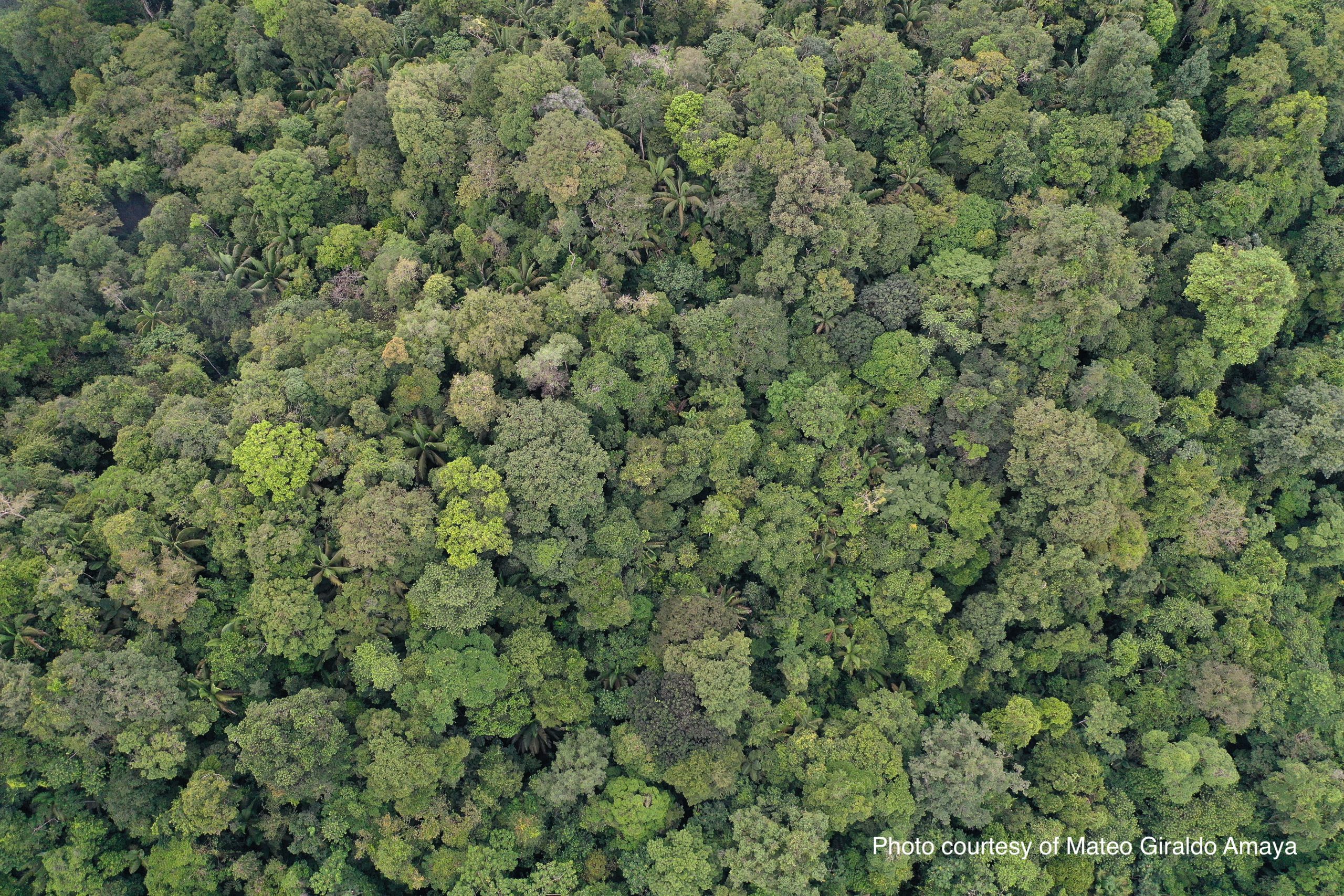The investment plan mirrors the model of Just Energy Transition Partnerships (JETPs) – and includes $8.5 billion to conserve and restore nature
Colombia has launched a new $40-million investment plan for its energy transition, aiming to move away from oil and gas production, partly through pursuing green economic opportunities in sustainable tourism and nature restoration.
The South American country’s environment minister, Susana Muhamad, unveiled the plan last week in New York, saying it would mirror the donor-backed Just Energy Transition Partnerships (JETPs) agreed in recent years with South Africa, Vietnam, Indonesia and Senegal.
“We are on the way to consolidating a donor roundtable that will allow us to achieve an important financial package for the country,” Muhamad told journalists on the sidelines of New York Climate Week.
The Colombian government said in a statement that it has been in talks with the UK, Germany, Canada and the European Union – all of which are also key government funders of other JETPs – as potential backers, as well as the Inter-American Development Bank.
UN climate chief warns of “two-speed” global energy transition
Besides clean energy, the plan, which will mobilise a mix of private and public finance, will include funding for nature conservation, particularly seeking investment in ecotourism, sustainable agriculture and ecosystem restoration. Colombia is hosting the COP16 UN summit on nature protection at the end of this month – the first following a global pact to halt and reverse biodiversity loss agreed two years ago.
Colombia’s focus on nature in its energy transition plan is a new addition to the JETP model, said Andrés Goméz, head of Latin America campaigns at the Fossil Fuel Non-Proliferation Treaty Initiative, an international nonprofit promoting the phase out of fossil fuels.
“Colombia, as a mega-diverse country, has the opportunity to create new productive economies around that biodiversity,” Goméz told Climate Home. “This proposal could be an example for other countries in the Amazon region.”
Funds for clean energy
The South American country is one of the first large fossil fuel producers to pledge to wind down its oil and gas production. Last year, Colombia suspended licenses for new oil and gas exploration, which triggered domestic pushback.
Over half of Colombia’s export revenue comes from fossil fuels. The government of Gustavo Petro has prioritised reducing fiscal dependence on oil and gas, but this has scared off investors and provided fodder to his critics.
The multi-billion-dollar energy transition investment plan is poised to replace revenues from the fossil fuel industry with greener sources of income. But while some details have been made public, most of the plan is still unknown.
The investment portfolio announced by minister Muhamad includes $4 billion for nature tourism, $3.5 billion for sustainable agriculture, $4 billion for climate change adaptation, $8.5 billion for ecosystem restoration and conservation, and $1 billion for institutional capacity.
The biggest chunk – $14.5 billion – will go to fund Colombia’s energy transition and expansion of renewables, which currently account for about a third of the country’s total energy supply and generate 75% of its electricity, according to the International Energy Agency.
In particular, the plan will also have to address Colombia’s coal industry – as the country is the largest producer of the polluting fuel in Latin America. Authorities will have to figure out what to do with retired coal-power plants and mining infrastructure, as well as including the coal sector’s workforce of more than 130,000 in the shift to clean energy, Gómez said.
D
Read More

